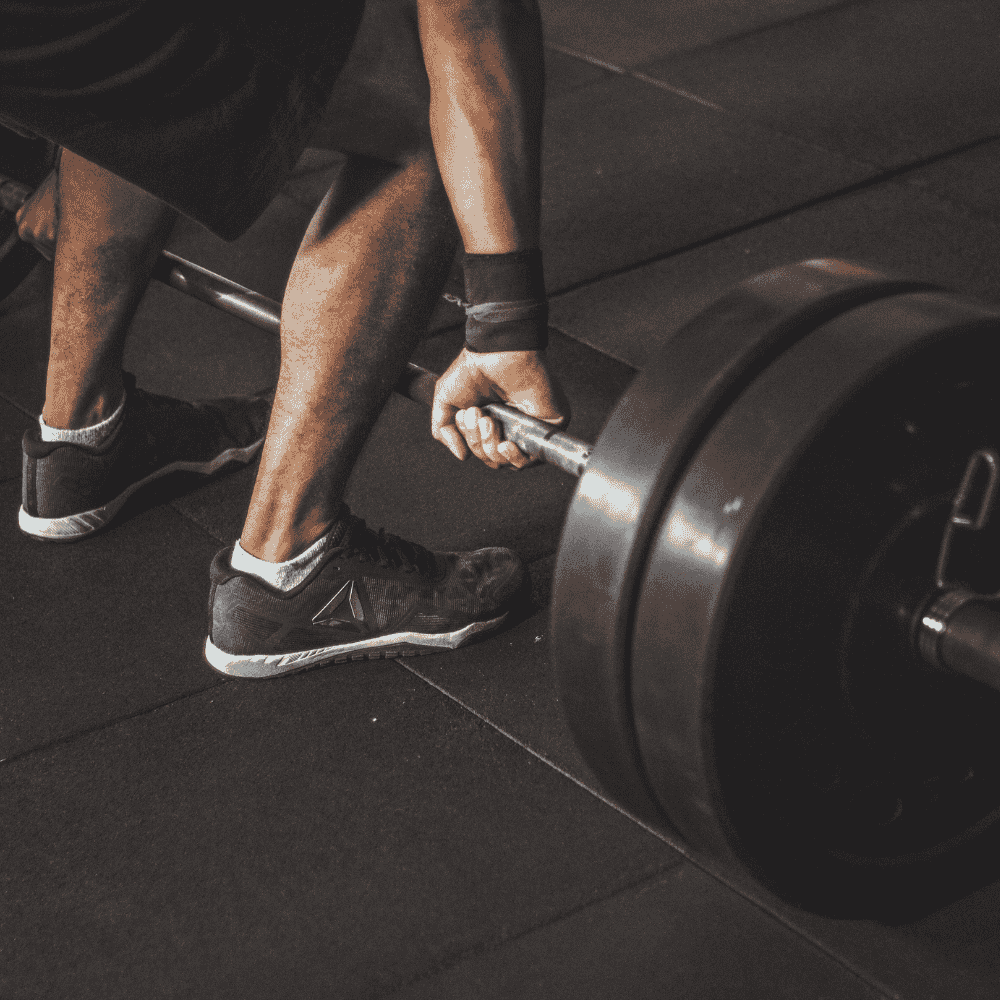The trap bar squat, sometimes referred to as a hex bar squat, is a powerful alternative to traditional barbell squats.
It offers a more natural stance, reduces strain on the lower back, and helps lifters of all levels develop lower body strength and confidence.
Whether you're building a home gym or enhancing your current training routine, the trap bar squat deserves a place in your workout plan.
What Is a Trap Bar Squat?
A trap bar squat is performed using a trap bar (or hex bar) — a hexagonal-shaped barbell that you step inside.
Instead of placing a barbell across your shoulders, you grip the handles at your sides.
This positioning shifts the weight distribution, allowing you to maintain a more upright torso while squatting.
Benefits of Trap Bar Squats
1. Improved Posture and Reduced Back Strain
One of the biggest advantages of the trap bar squat is the upright body position it encourages.
Unlike back squats that can load the spine heavily, trap bar squats keep the weight centred, easing pressure on the lower back. This makes them ideal for people with back issues or mobility limitations.
2. Beginner-Friendly Mechanics
With handles at your sides and a more balanced load, the trap bar squat is easier to learn than conventional squats. Beginners often find it more intuitive and less intimidating.
3. Joint-Friendly Movement
The neutral grip and natural positioning help reduce strain on the knees and hips, making it a safer option for lifters dealing with joint discomfort.
4. Versatile for Strength and Power
Whether you're building muscle, increasing athletic power, or improving overall fitness, trap bar squats can be tailored to your goals.
Use heavier trap bar weight for strength, or incorporate tempo and volume for endurance and hypertrophy.
How to Do a Trap Bar Squat (Step-by-Step)
- Set Up: Place your trap bar flat on the ground and load your desired weight. Step inside the bar so your feet are hip-width apart and centred.
- Grip: Reach down and grab the handles firmly. Keep your chest up and shoulders back.
- Brace: Engage your core and keep your spine neutral.
- Squat: Push your hips back slightly, then bend your knees to lower into a squat. Keep the movement controlled and your chest lifted.
- Drive Up: Push through your heels to return to standing, squeezing your glutes at the top.
Common Mistakes to Avoid
- Rounding the Back: Always keep a strong, neutral spine.
- Lifting the Heels: Your feet should stay flat and grounded throughout.
- Knees Caving In: Keep your knees in line with your toes for proper alignment.
Trap Bar Squats vs. Other Squat Variations
While barbell back squats load the spine and challenge the posterior chain, trap bar squats offer a more balanced lift with less risk of form breakdown.
They also allow for easier transitions into trap bar deadlifts and trap bar shrugs, making them a versatile option in any training plan.
Who Should Use Trap Bar Squats?
- Beginners looking for a safe, simple way to build strength.
- Lifters recovering from injury.
- Athletes who want to increase lower-body power with reduced joint stress.
- Home gym users wanting a multipurpose tool for squats, deadlifts, and more.
Build Your Home Strength Routine with KEFL
Trap bar squats are just the beginning.
Whether you're aiming to master the trap bar deadlift or integrate a complete trap bar workout, KEFL offers a full range of trap bars (hex bars) to support your goals.









